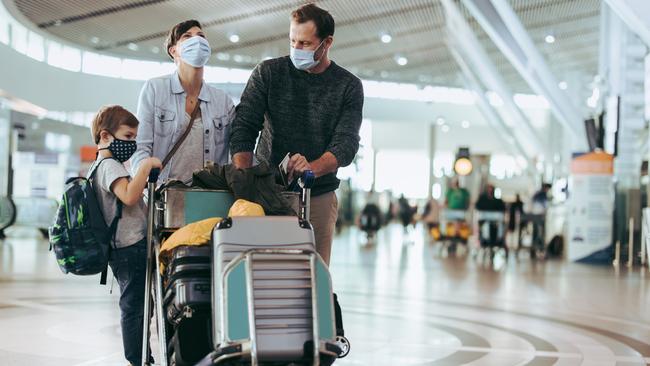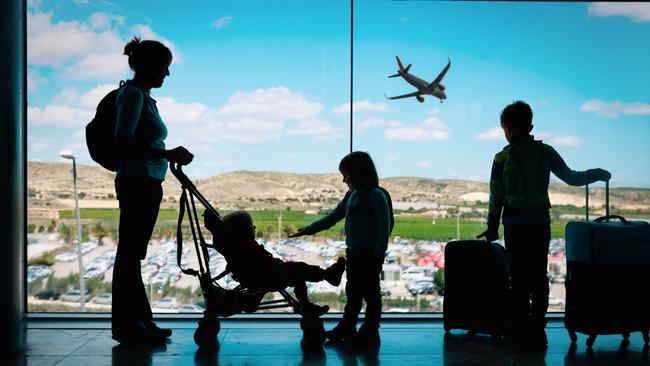More visas for families than skilled migrants
The Covid pandemic gave Australia’s migration program the opportunity to process a big backlog of visa applications for this group.

Victoria
Don't miss out on the headlines from Victoria. Followed categories will be added to My News.
About half of the nation’s migrant intake last year were reunited families, with the great majority of visas given to partners of Australian citizens, federal data shows.
The shift away from skilled arrivals came as the migration program was significantly affected by pandemic restrictions.
A new program for 2022-23 will be revealed in Tuesday’s federal budget.
Almost 70 per cent of those given permanent residency in 2020-21 were people already here, including foreign partners, former overseas students and workers on temporary visas.
Of the 160,052 places approved, 79,620 came from the skill stream and 77,372 from the family program.
Before last year, the number of skilled arrivals was usually double that of family reunion.
That changed to 50-50 in 2020-21. A big 72,376 partner visas were issued last year, almost double the number in 2019-20.
Topping the partner list were Chinese nationals with 7765 visas, then British citizens (6657), Filipinos (6218), Indians (5515), Vietnamese (4749), Thais (3549) and Americans (3350), according to the Department of Home Affairs.

Australian Population Research Institute director Bob Birrell said the federal government had used the opportunity of pandemic conditions to reduce a big backlog of partner visa applications.
“There is a backlog because the partner program is the most accessible entry point for people who are genuinely partners, but also for some others who are using partner visas as a way to obtain permanent residence,” he said.
Dr Birrell said each year thousands of former overseas students here were marrying locals and getting partner visas as an easier pathway to settlement.
Overall, the No.1 migrant group in 2020-21 was the Chinese with 22,207 places, then Indians (21,791), British citizens (12,703), Filipinos (11,058), Vietnamese (8120) and US nationals (5048).
A significant 4714 visas went to Nepalese, most of whom are believed to be former students still living here.
More than 60 per cent of visas were taken by people from Asian countries, while fewer than one-in-five were from Europe.
By intended residence, Victoria had 40,114 visa holders, or a quarter of the total, while NSW had 51,279.
Among skilled primary applicants, the biggest job group was registered nurses, then software programmers and accountants.




